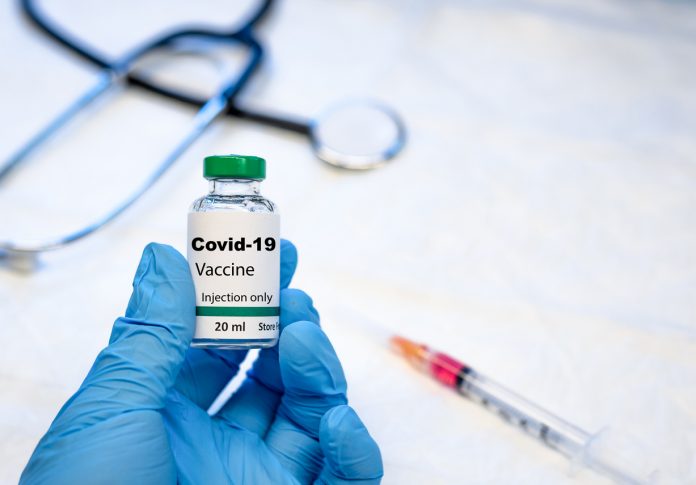COVID-19 has irreparably changed the world as we know it. However, its impact is not clear, as it’s still too early to get much perspective on how this tragedy has overwhelmed national healthcare services and killed over a million people around the world.
Besides its devastating impact on human health, the pandemic has also negatively impacted national economies, reduced the demand for innumerable products and services, and changed consumer trends. Many of these changes appear irreversible, and we will all be looking at a different world in the years ahead.
From the perspective of our modern world, the outbreak created a new strategic reality, emphasizing the value of adapting to a virtual reality environment in almost everything, from shopping to sports, from education to entertainment, from preventative medicine to national healthcare. In this quickly changing scenario, the telecommunication industry played a vital role in keeping consumer supply chains operational.
Now that new vaccines have been developed, the focus in the United States will be on distributing them to as many people in the country as quickly as possible. While two vaccines have been granted FDA emergency use authorization, two more are in the pipeline, waiting to pass phase 3 clinical trials. Here is a quick overview of Operation Warp Speed, the federal government’s plan to develop vaccines, manufacture them, and distribute them.
FDA Approved Vaccines
The U.S. Food and Drug Administration (FDA) approved the Pfizer-BioNTech vaccine for emergency use authorization (EUA) on December 11, 2020. It’s considered safe for people 16 years or older. Then, six days later, the FDA granted emergency use authorization (EUA) to the Modena vaccine. The FDA has not yet approved vaccines by AstraZeneca and Janssen because these two vaccines are still in phase 3 of their clinical trials.
The Little-Known Challenges of Vaccines
While the logistics of distribution are daunting, one of the biggest challenges in distributing the vaccine is something few people are aware of at the moment: ensuring the efficacy of the vaccine through temperature control. The Pfizer vaccine, for example, will require ultra low-temperature freezers because it will have to be stored at minus 70 degrees Celsius. This means that it will have to be stored and transported at a temperature that’s colder than Antarctica to be effective. Cold Jet experts in Dry Ice Sydney advise us that this vaccine’s transportation and distribution was an issue for the authorities. They have since found that the most effective and economical way to transport the vaccine is with specialty dry ice boxes. The Moderna vaccine, by comparison, will only have to be stored at minus 70 degrees Celsius. Consequently, it can be stored at a temperature of a regular refrigerator.
Distribution of the Vaccine
The logistics of distribution based on states and their jurisdictions as well as plans on how to leverage existing networks—such as package delivery services and hospitals, clinics, doctor’s offices, federal entity sites—is complex and extensive. However, it has been broken up into two phases because the United States government has not purchased enough vaccines for the entire population.
Initial Distribution
The first round of distribution of the Pfizer-BioNTech COVID-19 vaccine occurred on December 14, 2020, across the United States through UPS and FedEx distribution centers. The government prioritized frontline healthcare workers and long-term healthcare facilities to receive the vaccination. It’s now estimated that over 500,000 Americans have been vaccinated.
General Distribution
It is unclear when the vaccine will be available for everyone in the United States and the vaccine allocation schedule is still tentative. Reviewing all the available statistical data, CNN speculates that it may be in the spring.
A Logistical Overview
Although the development and distribution of new vaccines offers the United States new hope, the logistics about when and how the vaccine will be available for everyone are only estimates.




































